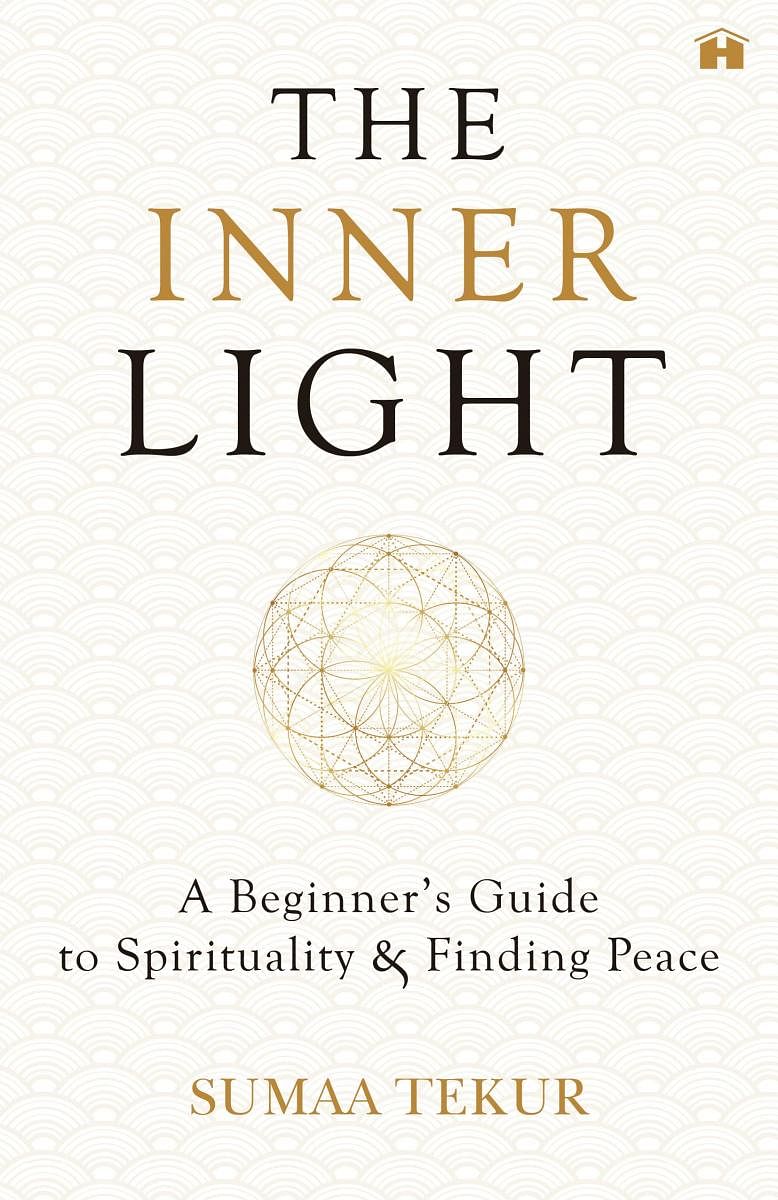
The Inner Light by Sumaa Tekur is a book on spirituality for beginners. More specifically, this book is aimed at those new to the spiritual path, seekers who are interested in spirituality but do not know where to begin their journey. And, as the blurb also suggests, The Inner Light is a guide full of anecdotes, snippets of information, and checklists to keep a seeker informed.
The introduction tells the reader what to expect from this text, and what not to. It describes what spirituality is, and what it could be for the potential seeker. And the introduction, with its conversational, easy-flowing style, pretty much sets the tone for the rest of the book.
Thankfully, the book does not delve into jargon and explores spirituality in a straightforward manner. There is a guide to meditation, and notes on gurus and cults. There are tips on tying in creativity with spirituality, religion and spirituality, and activism. Myths are explored, explained, and dispelled.
The checklists in some of these chapters are informative, particularly those on identifying cults and changed behaviour that could lead to a confrontation with family. Here the book spends some time elaborating on the red flags one might encounter with a group that is actually a cult. And the section on family and the need for isolation looks at in some detail what seekers could do if their spiritual exploration comes into conflict with their family.
The notes on meditation were also informative as it offers suggestions (although not specifically) on where to begin, how to stay focused, and how to persist.
The anecdotes and references to individuals and their dealings with spirituality look at pitfalls and challenges. Many of them are also positive experiences. Some of these are particularly fascinating, as one learns about those who find healing in nature, those who are religious and good-hearted, and those who are obsessed with rituals and pleasing the divinities…but none of that goodness is expressed when they step out into the real world.
Not rigid
The chapters on meditation, exploring spiritual paths, and spiritual organisations are particularly interesting. Sometimes the book tends to veer off into the more esoteric, like reiki and shamanism, and divination by tarot. There are references to energy work and healing and crystals. Some of the anecdotes deal with individuals working with such methods as a way to explore their spiritual paths. Healers in energy work are mentioned.
This is not a long book by any means, but neither is it shallow nor unduly rigid. Instead, The Inner Light encourages the seeker to start their own journey and discover what form of spirituality, and which path, suits them the best while avoiding cults and being overwhelmed by the wealth of spiritual resources out there. Some of the details, like switching on one’s ‘inner light’ are repeated, although those repetitions could be construed as affirmations.
As far as specific details go, the book offers no bibliography or a specific list of suggested resources or books, and the introduction does say that the book refrains from recommending or reviewing organisations or paths. A bibliography might have been helpful, however.
Stylistically, it reads smoothly and is straightforward in tone. It is also refreshing to note that most of the references to spiritual seekers (and sometimes teachers) in the third person were feminine. Breaking up some elements of spirituality and meditation, pitfalls and shortcomings into bullet points does much to reinforce an idea or a point. Overall, this is a refreshing, even-toned book about spirituality aimed at the beginner. And while it does break down a great deal of what spirituality is and what it could be, the narrative does not turn patronising. Despite its primary target audience, The Inner Light could also be explored by those not new to spirituality.